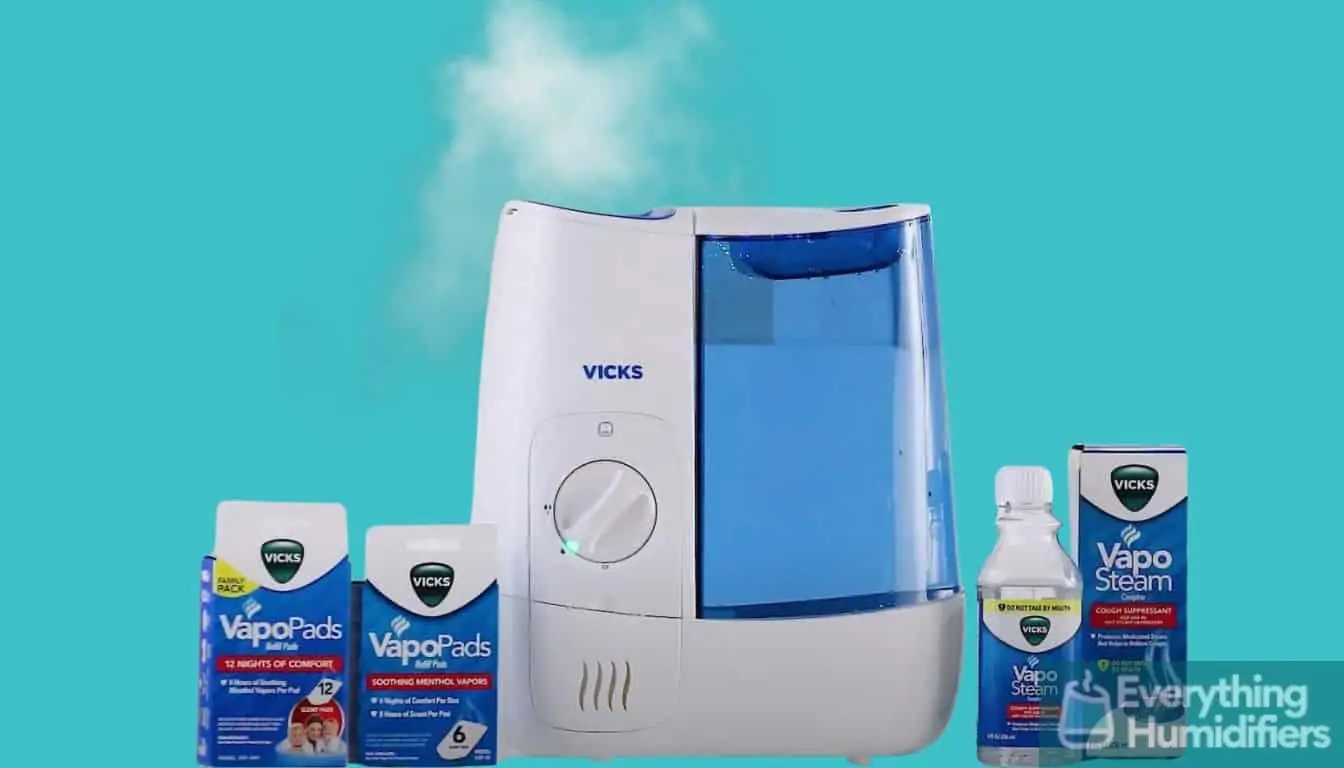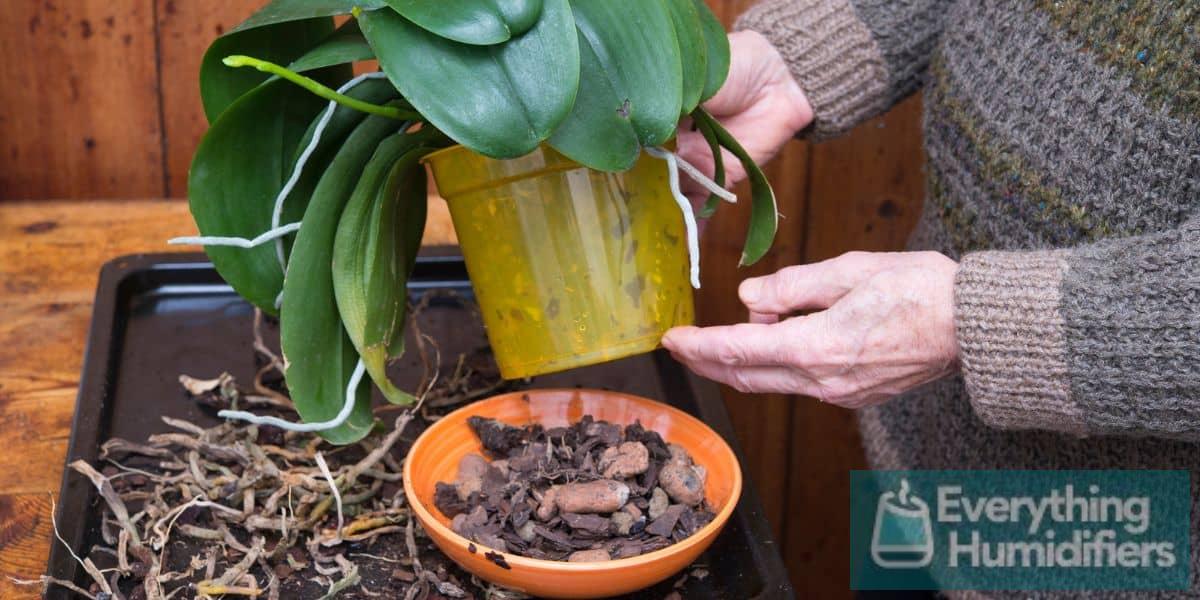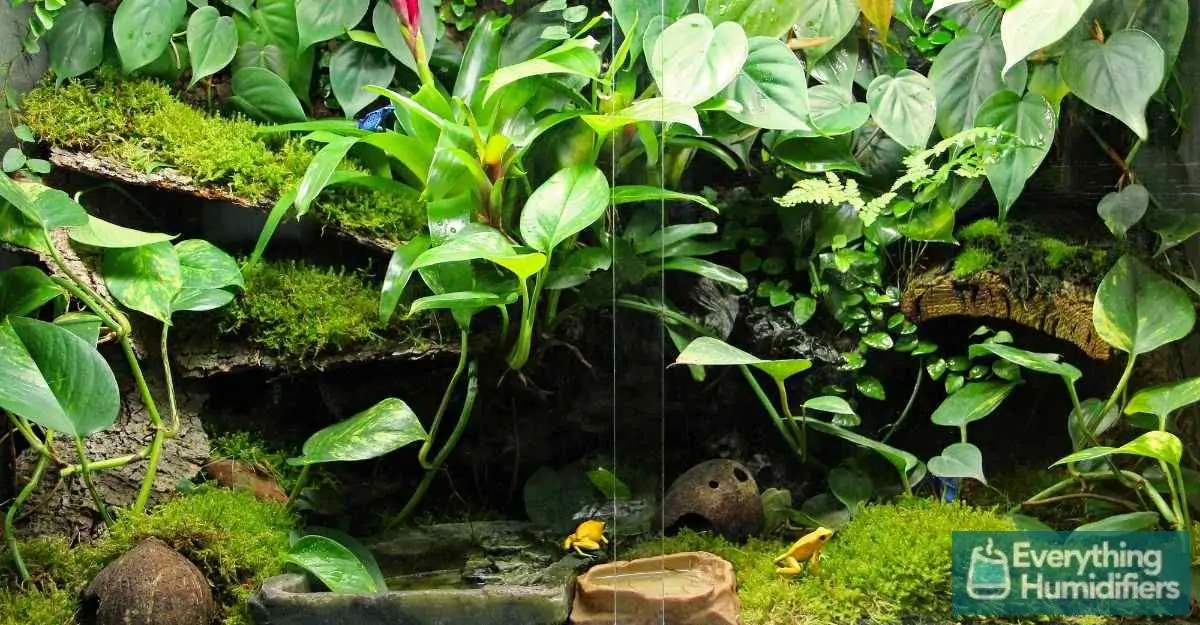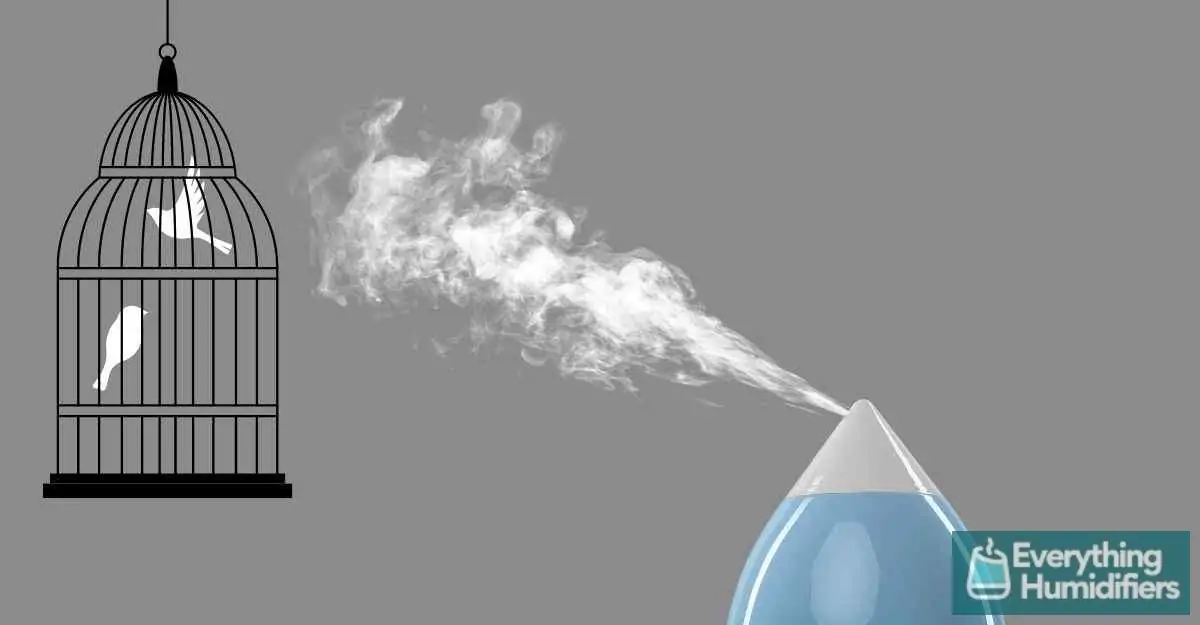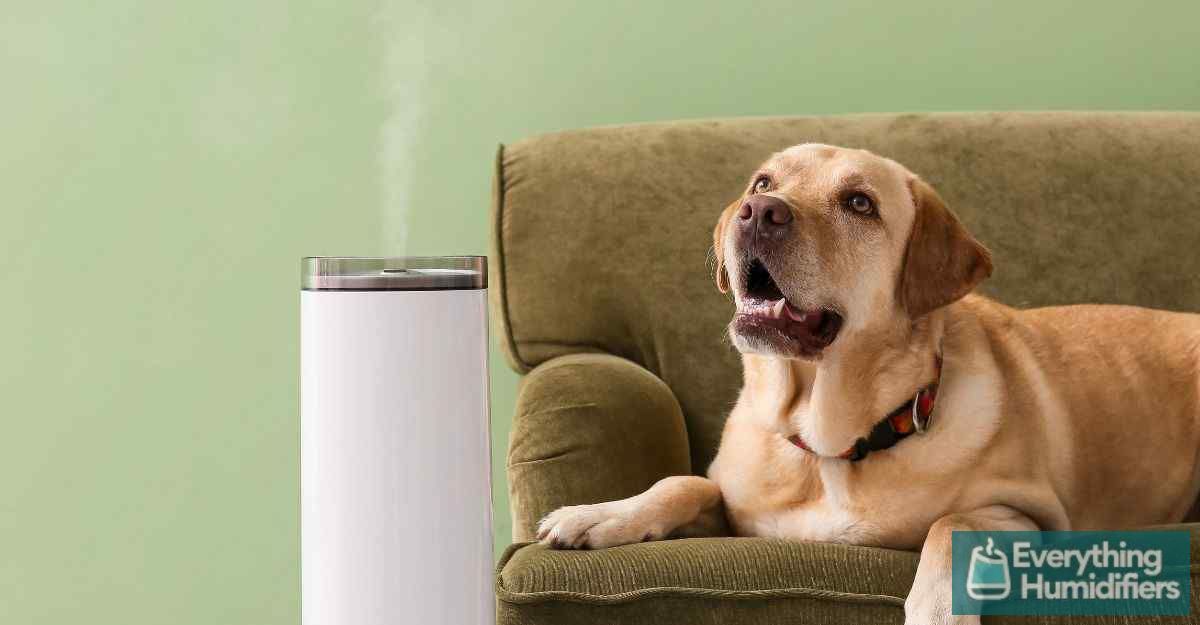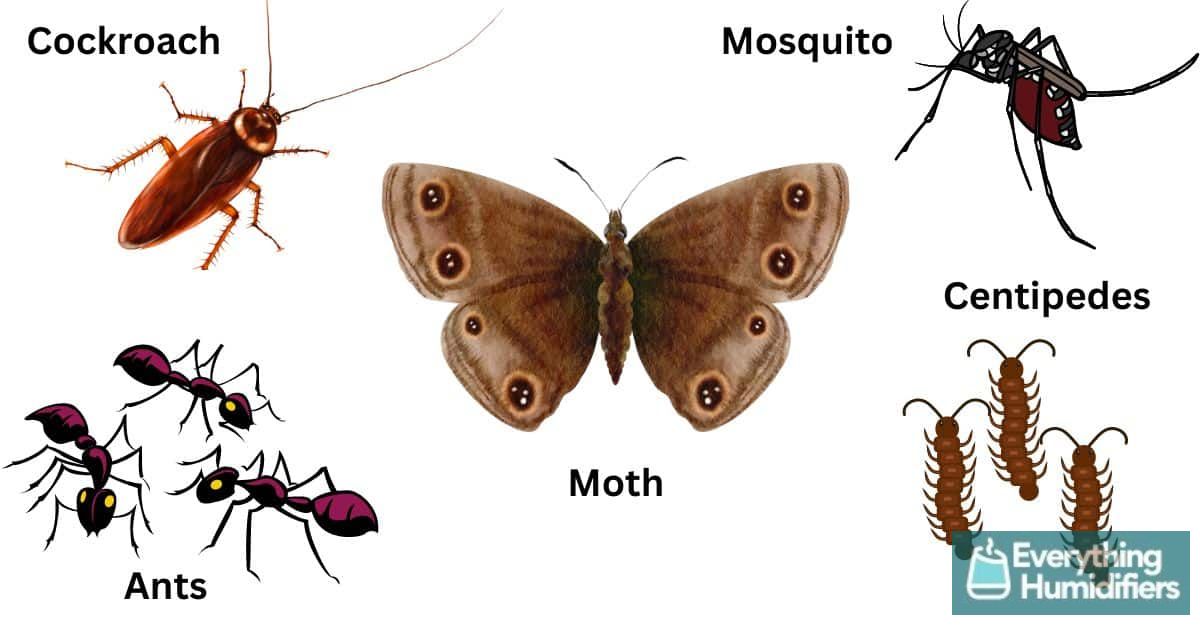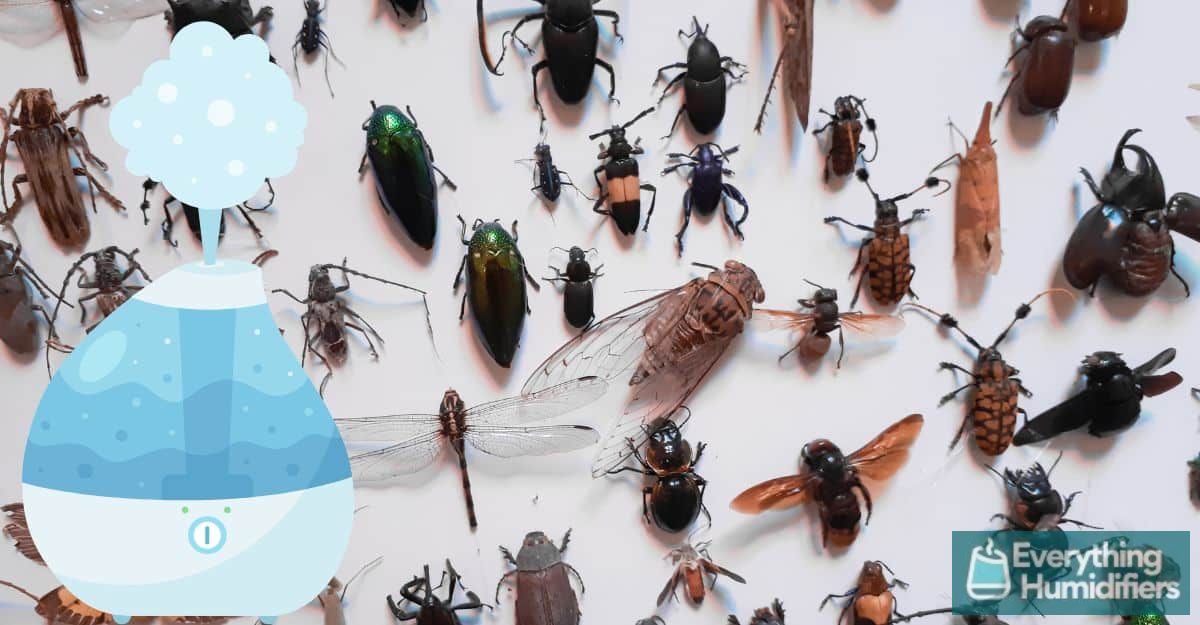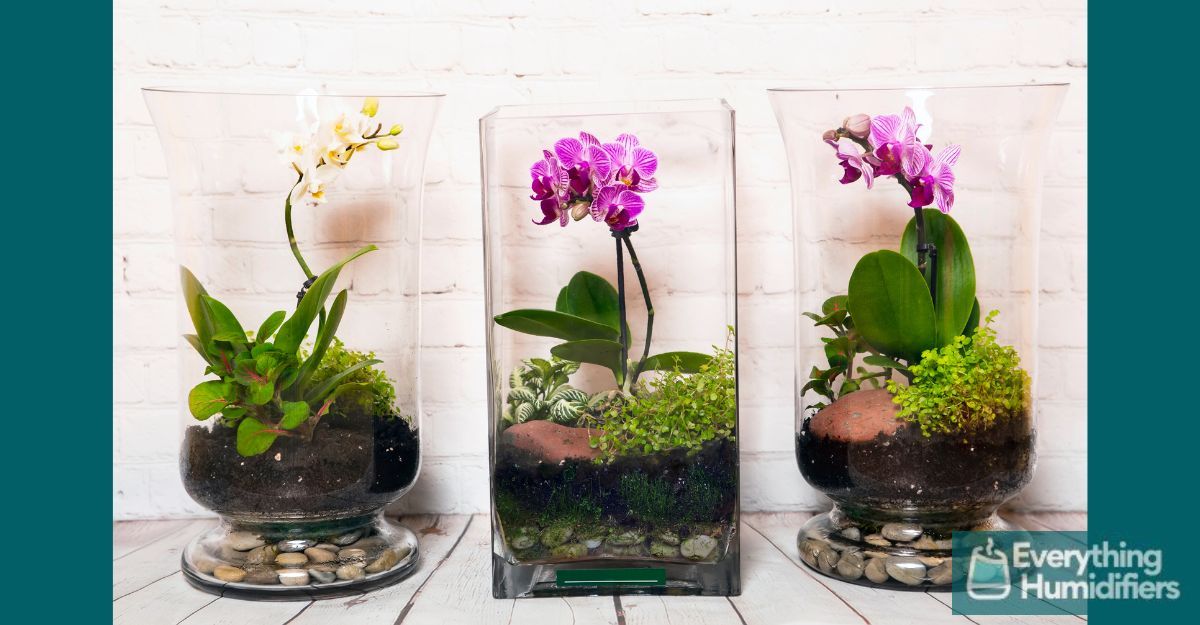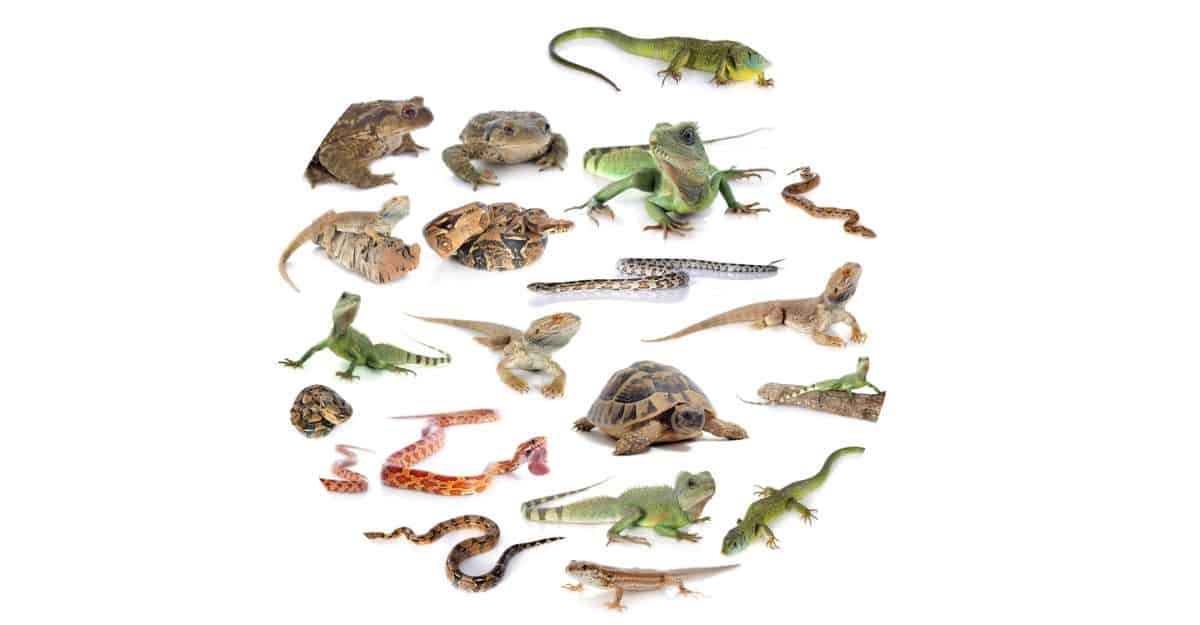What Does A Hygrometer Do? A hygrometer is a device used to measure the humidity or moisture content in the air. This instrument is commonly employed in various fields such as meteorology, agriculture, and manufacturing.
The hygrometer operates by utilizing different mechanisms to accurately determine the relative humidity present in a given environment. It measures the amount of water vapor present in the air, enabling scientists, farmers, and industrial workers to monitor and control moisture levels accordingly.
They are beneficial if you wish to maintain an indoor area with a comfortable humidity (water vapor) level between 30% to 50% as recommended by the United States Environmental Protection Agency (EPA).
By understanding the humidity levels, individuals can make informed decisions and take appropriate actions to maintain optimal conditions for plants, products, or equipment.
Overall, a hygrometer is an essential tool that serves to quantify and assess the humidity in the English language.
Hygrometers measure relative humidity (%); this is the amount of vapor in the air compared to the highest possible amount. Absolute humidity is the amount of vapor in a unit volume of air at a given temperature (e.g., g/m3)
AKA (also known as)
Humidity meter
Humidity probe
Humidity gauge
Moisture sensor

Table of Contents
Comfort Level/Zone
Humidity meters are commonly used in homes and businesses for monitoring and controlling humidity at a ‘comfort level’ – there are three levels/zones of comfort:
Dry/Low – lower than 30% humidity
Comfort – between 30% to 60% humidity (optimum between 40 to 50%)
Wet/High – above 60%
Why might I need to check the humidity in my home?
Effects of humidity that is low or high
A humidity gauge will assist you with monitoring your home to ensure it sits in the comfortable humidity zone/level so you can avoid some of the impacts of humidity outside of the comfort zone.
If you have exotic or tropical plants that are not thriving indoors they may need more humidity.
We recommend you use a hygrometer to determine the humidity levels in your home before purchasing a humidifier, that way you have baseline readings and can check the effectiveness of your new humidifier. This will also assist with the purchase of a humidifier to determine how much the humidity level needs to be increased in your home/room.
Hygrometers are also used to measure humidity in a lot of ways outside of the home:
- Museums
- Wine cellars
- Manufacturing
- Industrial spaces
- Proofing bread
- Medical research
- IT equipment and workspaces
- Cigar warehouses and humidors
- Exotic pets such as insects, spiders, and lizards need optimal temperatures and humidity to thrive.
- Firefighting uses hygrometers to determine humidity; low humidity makes fuels burn more vigorously.
- The external paint and coating industry utilizes hygrometers as the application of these products is very sensitive to humidity.

Buying considerations
Hygrometers come in different shapes and sizes. Electronic (digital) meters are preferred these days as they provide automatic readings and updates; as well as alerts to assist you with tracking if you need them.
How to use a Hygrometer
Follow the directions for the device you have purchased and take the following advice into consideration, also:
- We recommend placing the meter approximately 3.3 feet (1 meter) above the ground.
- Locate it away from moisture-producing environments such as a kitchen, bathroom, working humidifier, or dehumidifier
- Leave the room and allow the hygrometer to work for at least three minutes before checking the unit reading.
Accuracy
RH = relative humidity
The relative humidity is the ratio of water vapor in a given volume of air at a given temperature to the most water vapor the air can hold, expressed as a %
For example, 40% relative humidity means 40% saturation of the air.
Note – since air temperature changes constantly, accuracy can vary with the readings;
most sensors are accurate from +/- 3 to 5% RH
If you have two of the same hygrometers next to each other, they will not necessarily measure the same; this is not a fault but high sensitivity.
The aging of electronic components and a build-up of dust or corrosion can affect the performance of any electronic device.
Cost
Entry-level humidity meters can be found for just under $10
Below $150, read deviations are likely. It may be helpful to consider the humidity range rather than a specific number.
For example, 50% RH many read between 46-54% on the hygrometer at best
Up to $1,000 50% RH, many read between 48-52%
Paying more can give you a more accurate reading; the use depends on the variance and price you are willing to accept
Consider
- Size and portability
- Do you need one humidity meter for one room or a system with multiple units for several rooms
- what square footage coverage do you need for each meter
- Is a range for hard-to-reach areas required?
- Some humidifiers come with a humidistat; this is a device built into an appliance and is used to regulate humidity levels.
- Portability from home to office, room to room
- Indoor or outdoor or a combination
- Celcius and Fahrenheit – make sure the humidity meter has the conversion you need
- 24 or 12-hour clock setting.
- Battery operated
- Touchscreen
- Fog resistant screen
- Bluetooth, wireless, phone compatible
- Phone app, website
- Micro SD card
- Data logging
- Alarm notifications – one or multiple users
- Alarms – high, low or audible, visual
- Freestanding unit or wall-mounted – tabletop, magnetic mount
- If you wish to rely on your cell phone only. Certain phones have built-in sensors. Your mobile doesn’t have sensors; a phone app can use GPS to give the outdoor humidity based on weather data; this data is not specific to a particular room in your home.
- Thermo hygrometer measures the humidity and temperature of the air. Ideal for monitoring in clean rooms, labs, storage rooms, and computer rooms since the optimal temperature for humans is around 68 degrees Fahrenheit (20 Celsius) and 30 to 50% humidity

Types of hygrometers
There are many kinds of humidity monitors, however, if you ask at the store for a humidity meter to measure indoor humidity you don’t need to be concerned about what type it is specifically, but rather what you want it for:
Classical or Analogue Type
These are classical, analog, or old-fashioned types and include:
- Ancient
- Metal-paper Coil type
- Hair Tension Hygrometers
- Psychrometer (wet-and-dry-bulb thermometer)
- Sling Psychrometer
- Chilled Mirror Dew Point Hygrometers
Modern Type
Modern humidity meters are mainly electrical or digital and are either resistive or capacitive:
- Thermo
- Resistive
- Capacitive
- Optical
- Gravimetric
- Thermal
- Psychrometer
- Dew Point
Summary
Hygrometers have changed a lot since they were first invented in 1480 by Leonardo da Vinci.
Now they are a portable device to take the guesswork out of monitoring humidity.
To care for your most valuable assets, they are a beneficial instrument to have for you, your home, and your business. Get one that meets your needs and enjoy the benefits.
You can find humidity meters at a hardware store near you and other specialty stores depending on the area you require to be monitored. They can also be purchased online.


